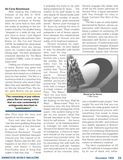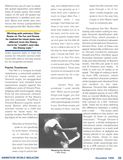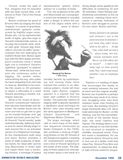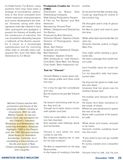Tim Burton, the director of such popular films as Beetlejuice, Batman, and Edward Scissorhands, has consistently extended a kind of comic book aesthetic into his work, combining childlike fantasy and visual stylization. Like other animators-turned-directors – notably George Pal and Terry Gilliam – his work is visually diverse and rich. Like them, Burton’s ability to construct a complete, coherent fantasy world at times overwhelms larger considerations of story and meaning. His oeuvre is rich in references to other films (e.g., Frankenweenie), ironic in praise of marginal pop culture icons (Ed Wood) and campy in its celebration of cultural ephemera (as in the suburban mise en scene of Edward Scissorhands). His work mirrors much post-World War II’s mass culture, particularly the cultural landscape of his home in Southern California. […] This ransacking of pop culture places Burton among artists that are now conveniently if ambiguously described as “postmodern.”
[…]
“Pastiche” incorporates two meanings that are specifically applicable to Vincent. First, it is “a work that closely and deliberately imitates the style of previous work,” and secondarily it is “an incongruous medley of different styles.” More importantly, it denotes a relationship in which the viewer is aware of a background text that the work at hand imitates, the mimicry of another’s style.
Specifically, Vincent is a pastiche of styles lifted from the writings of Dr. Seuss and Edgar Allen Poe, and a range of movies from B-horror films, German expressionist works and the films of Vincent Price. One could even argue that the techniques used represent a pastiche of 2D and 3D animation methods, particularly UPA’s limited animation style. […]






